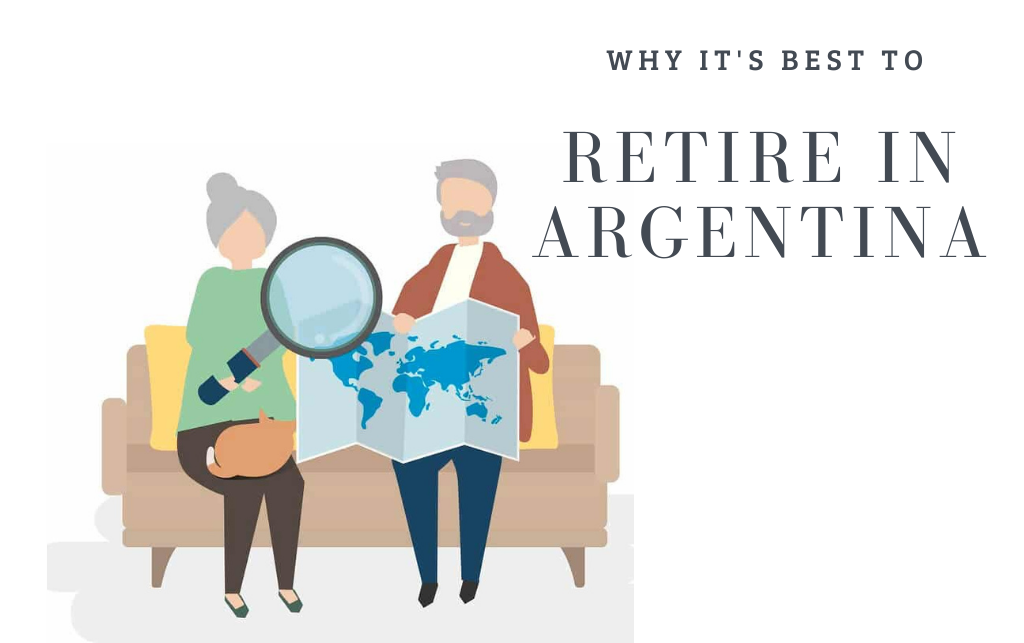Why retire in Argentina? How can you have the best experience during your retirement? What are the options for staying as for retirement homes in Buenos Aires and elsewhere? We’ve made a little research into why you should consider retiring in Buenos Aires.
Written by Carla Chinski, Content Marketing Manager for Vamos Academy
How to Retire in Argentina
After a lifelong commitment to a job or career path, it’s finally time to settle down and find a place to quietly spend some time. It’s not easy to make a big move and transition, and much less to another country, and a whole different culture. If you’re interested in coming to Argentina for your retirement–or if you have doubts about doing so–you should be well-informed about pension systems, ways to derive your pension from another country to Argentina (and why it’s key to know the ins and outs.)
It’s true that Argentina is not exactly among the best options for places to spend your retirement these days. However, we’ll show you hidden benefits of coming to Argentina for retirement that many news outlets aren’t telling you about; the whole story is about your living experience, to put it one way. If one looks at the Mercer-sourced map we’ve linked to properly and closely, the usual suspects (such as Iceland and Switzerland) rank first. But this is mostly because of these countries’ economic stability and pension systems in place; not exactly because of its benefits regarding cultural experiences.
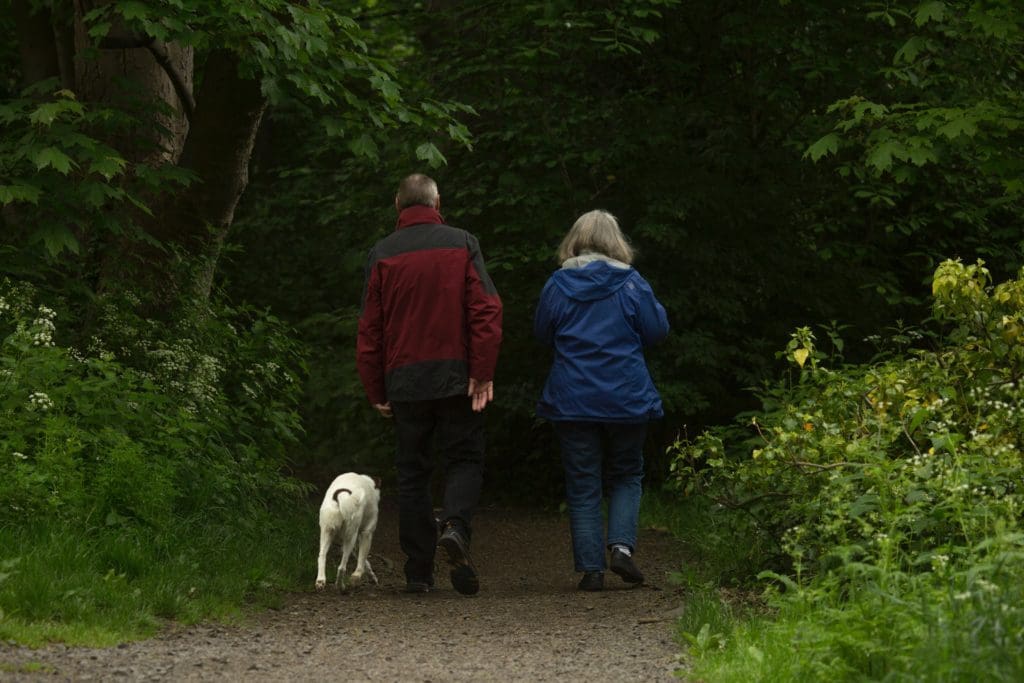
It’s also true that in the last years since the COVID-19 pandemic the current government, led by president Alberto Fernández (who has filled, and will fill, the position from 2020 to 2024), has been making huge efforts to improve the legislation regarding jubilados (in Spanish, this means pensioners and people who are applicable for recieving pension benefits.) It’s beyond the scope of the article, and it won’t be so useful to actually make a decision, if these policies are beneficial or supportive at all. Weaknesses notwithstanding, it is safe to say that it’s relatively easy–regarding beaureaucracy, at least–to apply for a pension visa.
Argentina has a bilateral agreement between the ANSES (the sector of the government in charge of retirement policies) and a lot of European and Latin-American countries. Unfortunately, if you’re from the US or Canada, this agreement does not apply to you. But it does if you’re from Italy, Luxembourg, France, Greece and Slovenia. This agreement entails benefits for:
Retirement
Benefits for the elderly
Disability pension
Pension for the death of a retiree
Temporary transfer of workers by International Agreement
Contact the ANSES regarding this agreement by emailing [email protected]
Here at Vamos Academy, we’ll help you make that decision for yourself.
The Current State of Retirement in the Country
In Argentina, there are some unavoidable facts and figures you’ll need to know regarding retirement and rights for retirees before making a decision. For better or worse, those policies depend entirely on ever-changing political contexts and are therefore somewhat contingent and unpredictable. You can access many of the reports we’ll be explaining the gist of right here (the reports are sourced from CIPPEC and Infoleg).
Mainly, the “Sistema Provisional” (provisional system) in Argentina has a long history of constantly changing laws, as we’ve explained above. This system was put in place to ensure that the elderly got economic benefits and retributions for their work and tax payments. The debates regarding the sistema provisional have been thought of for short-term goals, instead of long-term ones, because, in short, the system is quite fragmented and the pension law (sanctioned way back in 1993) has had fifty (50!) modifications and addendums.
However, this relative legislative lack is made up for by the equality within the pension system in Argentina, and what it’s like overall to retire in Argentina. What this means is that, despite all the changes in legislation, the pension system actually works, and it works with equity and justice for pensioners.
Why You Should Retire in Argentina
According to CIPPEC: “Argentina is one of the countries with the highest coverage in the region and the world, given that around 95% of the elderly receive a pension income. Retirement or pension benefits, in their multiple forms, average slightly above the minimum wage.”
If you have doubts as to whether you should still pay your social security while living abroad, visit the US Embassy in Argentina’s site.
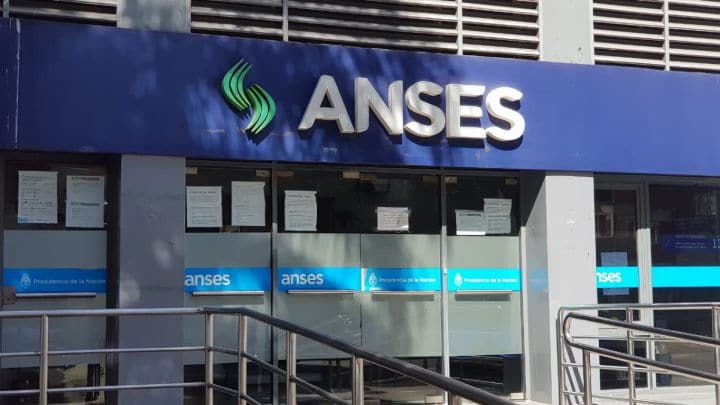
Culture and Recreation in Buenos Aires
At Vamos Academy Buenos Aires, we’ve covered cultural activities and recs on our blog for years. Buenos Aires is well known for its cultural diversity and its many possibilities for discovering local scenes when it comes to film, culture, literature, and more.
One of the most important things you should know is that, because of its sheer size and population, Buenos Aires is pretty progressive and open both in its politics and when it comes to welcoming foreigners. Buenos Aires’ cultural heritage is both European and indigenous, but it is known across the globe for its European style:
- Buenos Aires has many museums and restaurants that have local food on the menu, including grilled meat (parrillas), empanadas, Argentine pastries, and some of its Italian and Spanish cuisine; there are even some vegan options.
- Buenos Aires is also a great place for recreation; there are many beautiful parks and public spaces you can enjoy while in the city.
- Because Buenos Aires is huge, it’s great for small getaways to towns and areas like Tigre, Necochea, La Plata and Zárate (all three of them are just a few hours away by car from the city center).
Care, Healthcare and Health Facilities
Of course, one of the main concerns when it comes to retiring is what are the possibilities (if any) of getting access to great healthcare. The healthcare system in Buenos Aires, especially in the city, is one of the best in Latin America.
According to our blog on the Argentine healthcare system and healthcare facilities and hospitals: “The public sector plans are used by half the population here. This is absolutely free healthcare for anybody in Argentina. The social plans are for union workers used by about 45% of the population. The other 5% uses privatized healthcare. In general, private healthcare is going to be the best, but it’s also the most expensive.”
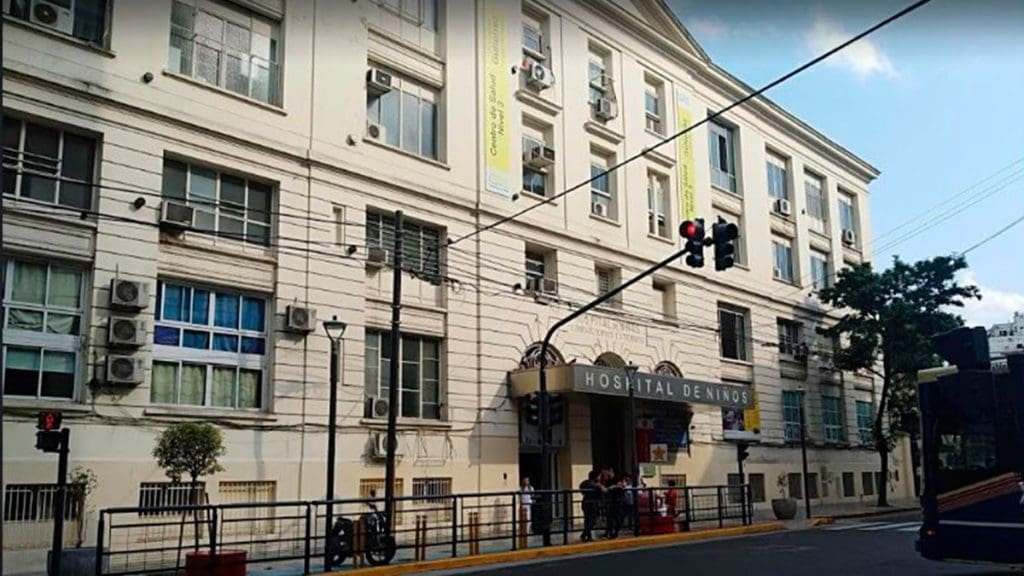
Public healthcare facilities have ongoing, 24-hour guardias where there are top-notch professionals available at your beck and call. It’s very likely you’ll have to wait for a bit, but most public hospitals have a different system in place for emergencies and more urgent medical ailments.
Another option if you don’t want to wait to get an appointment–which can take months, even–is to order or ask for over-the-counter medication at a pharmacy; many of the drugs that you need a prescription for in the US are over-the-counter here if, for instance, you get the flu.
Cost of Living in Argentina
The cost of living in Argentina is generally cheaper, as is the case with lots of Latin-American countries when compared to the US o or Europe, because of exchange rates (NOTE: For instance, in December 2021, 1 U$D = 200 Argentine pesos). You can go to this very useful website to see updated costs of living in U$D for different types of items. Study BA also provides similar information on living costs, and you can change your city of origin so that the prices update automatically.
In short, if your savings are in U$D or Euope, then living costs is definitely something you should take into consideration as a big plus when moving to Argentina to spend your retirement.
Beautiful Argentine Landscapes: Where to Retire
From mountains to beautiful beaches and plains in La Pampa and glaciers in Patagonia, Argentina is known around the globe for its many landscapes and its geographical diversity. For a quick getaway, you can take a flight from the Jorge Newberry Airport for local flights. Here are some of the most popular sites to visit at each location:
- Bariloche: you can visit the famous Cerro Catedral, Isla Victoria, Bosque de Arrayanes, 7 lagos and San Martín de los Andes. Trekking is a very popular option for travelers hailing from all over.
- Córdoba: Paseo de las artes, La Cañada, Ciudad del Buen Pastor (Ciudad de Córdoba)
- Other sites and provinces: Jujuy, Calafate, Puerto Madryn, Mendoza
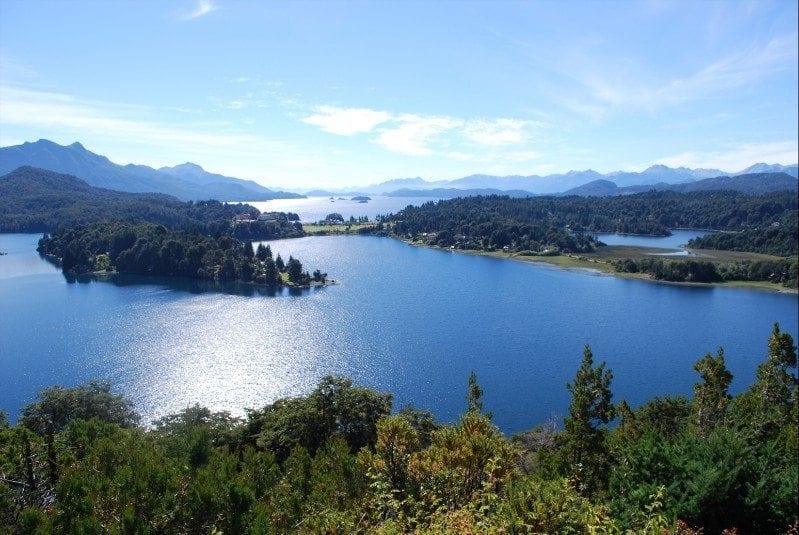
All of these are very good options for retirement because of their quiet, nature-filled environments, and mostly because they’re not so isolated so as to not be interconnected; they have their own transportation system. Similarly, there are also many beautiful towns like Santa Teresita, Mar Azul, Pinamar, Cariló and Mar de las Pampas (most of them have official websites with all the information you might want to know!) Buying a home there, or even renting a house for the summer, is a very common custom for upper-middle-class Argentines.
Visa Types and Requirements
If you’re living in Argentina and you want access to MEDICARE and healthcare benefits from the United States, you’ll have to fill out an online form you can access here. There’s a useful video that lets you know all the steps and information you need to fill out to gain access to these healthcare and retirement benefits.
According to the official SSA government website, you qualify for benefits if you are:
- At least 62 years of age.
- Any age and caring for a child entitled to receive benefits on your spouse’s record and who is younger than age 16 or disabled.
Furthermore, applying for a 90-day tourist stamp (without getting a visa) is a great option to get a foot in the door.
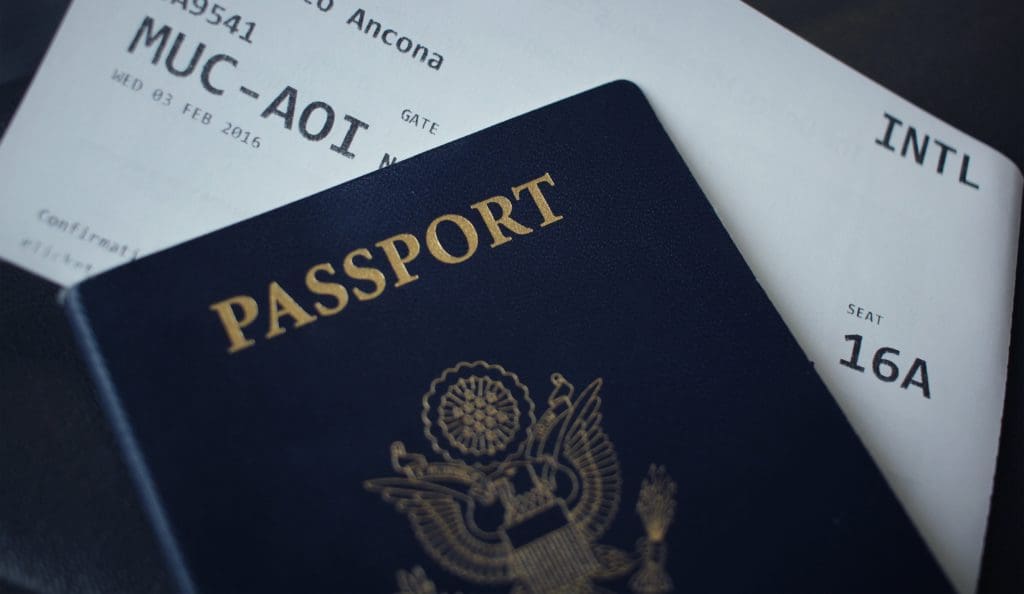
Applying for a Pension Visa in Argentina
The retirement visa for foreigners in Argentina involves handing in and getting together many, many different documents. The most important ones, perhaps, are the proof of residence status from the US to Argentina, to prove you’re living in Argentina. You also need to fill out a form called Proof of income.
The consulate website is pretty helpful: “In the case of a retired person, a copy of act for which the applicant was awarded with the retirement benefit or pension together with copies of the last three (3) paystubs duly authenticated by Notary Public and County Clerk and legalized by the Hague Apostille. In addition pension funds must be banked and come from the social security system in the country of origin. All documents must be translated into Spanish by a translator or agency, and be accompanied by a “certification of accuracy” and must be authenticated by the Hague Apostille or by the corresponding argentine Consulate abroad.”
You’ll also go through an interview and then, after handing in the documents, wait for up to 30-45 days for the visa application to be expedited:
“The regular visa process takes 7-10 working days. In some cases, it will require 30 -45 days. You will be advice in these cases.
There is an expedited visa process that takes up to 3 working days and requires the payment of a U$S 40 fee on a single Money Order. “
Income Taxes and Savings
In Argentina, the country does not apply taxes for regular income, if you’re planning to live off of your savings. Argentina is the country of impuestos (taxes), which means that if you’re planning on working again, even if you can still get your retirement in Argentina, you’ll need to pay from 5-35% in taxes, according to the ANSES website.
However, the taxes that do apply are not fixed, but instead, are adaptable and progressive (as we’ve said, on a 5-35% scale) depending on net income (ganancias netas) and the actual amount of money you’re making.
What variation in income taxes can you expect in Argentina, if you’re living partly off of your pension allowence? For one, if you’re getting charged less than a 35% income and that is the estimated amount you should be charges, the difference between he 35% quota and what has been (not) charged the previous month will be charged the next month.
There is also, and most importantly, what is called variación de haber: this applies to retirees if, for instance, their income changes for a reason, or have a retroactivo (a temporary increase in salary, or if you’ve received some additional, economic benefit in your favor.) You might see some changes in your taxes if this is the case.
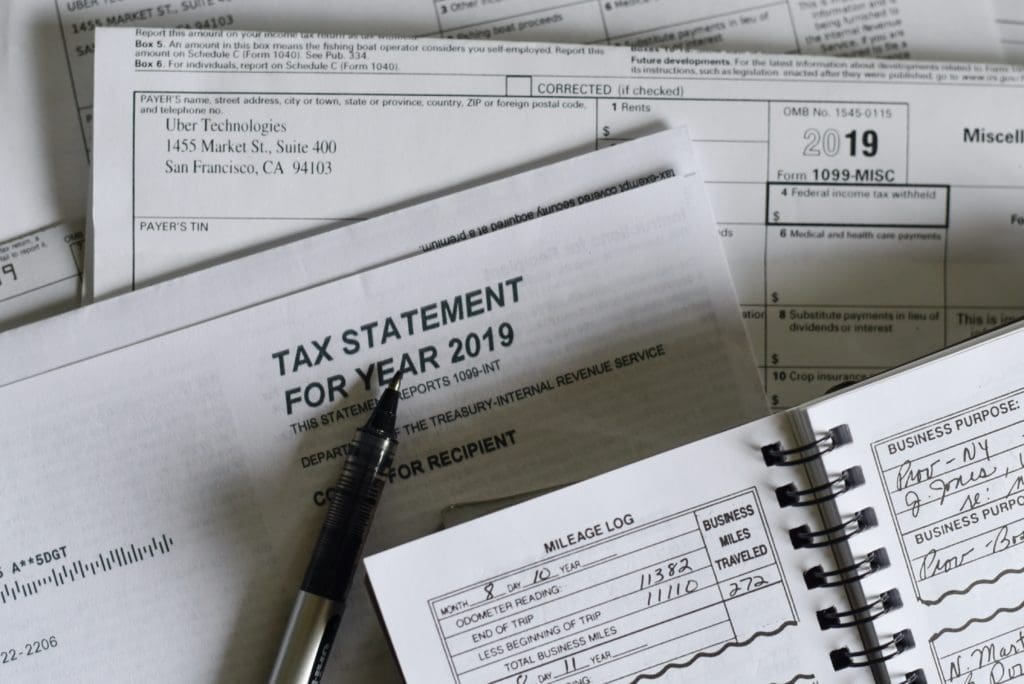
Different Taxes for Argentine Provinces in Retirement
Argentine law currently states that there is a difference in taxes for those who choose to live in certain Argentine provinces: taxes can be no more than 22% related to a given retiree’s income.
“Law No. 23,272 Article 1 – For the purposes of laws, decrees, regulations, resolutions and other legal provisions of the national order, consider the province of La Pampa together with the provincial ones of Río Negro, Chubut, Neuquén, Santa Cruz , Tierra del Fuego, Antarctica and the South Atlantic Islands and the Patagonia district of the Province of Buenos Aires. “
How Can I Transfer My Savings to an Argentine Bank Account?
If you want to transfer your savings to use as a retiree while living in Argentina, you should take into account a very important matter: you’ll only be able to transfer savings to the lowest U$D-Argentine pesos exchange rate (which is known as dólar oficial.) Factor this in if you don’t have that many savings in your account–the unofficial exchange rate tends to be almost double that. We’ve explained a bit about exchange rates in other Vamos blogs.
It’s advisable to use Banco Nación for these types of transactions. Here is just about everything you need to know to make those transactions. Of course, you can use Banco Nación for other purposes, like wiring money to a family member; but the requirements for pension wiring are a bit different.
For these transactions, we suggest we contact the bank of your choice (Banco Nación’s toll-free number is: 0810-666-4444), but you’ll need mainly:
- A digital signature
- A series of online, PDF forms that will enable you to do international transactions.
Conclusion
Argentina is one of the best countries to retire, and with about $1,000 U$D you’re just about good to go. You’ll surely enjoy your stay here, as there are options for all personalities, tastes and cultural backgrounds. It’s a fact that the US (especially Florida) is known for its retirement plans, pensions and retirement facilities for the elderly. However, if you’re looking for a radical change of plans while at the same time having some of the comforts you can get back at home, this is the place to look into.




